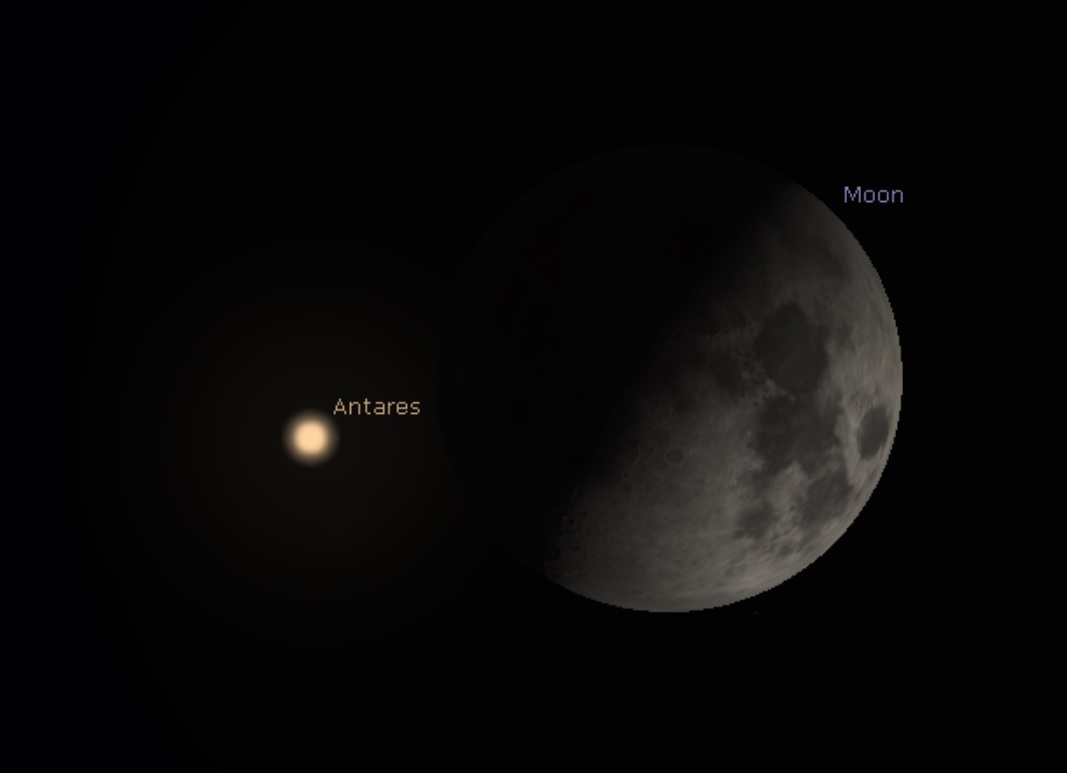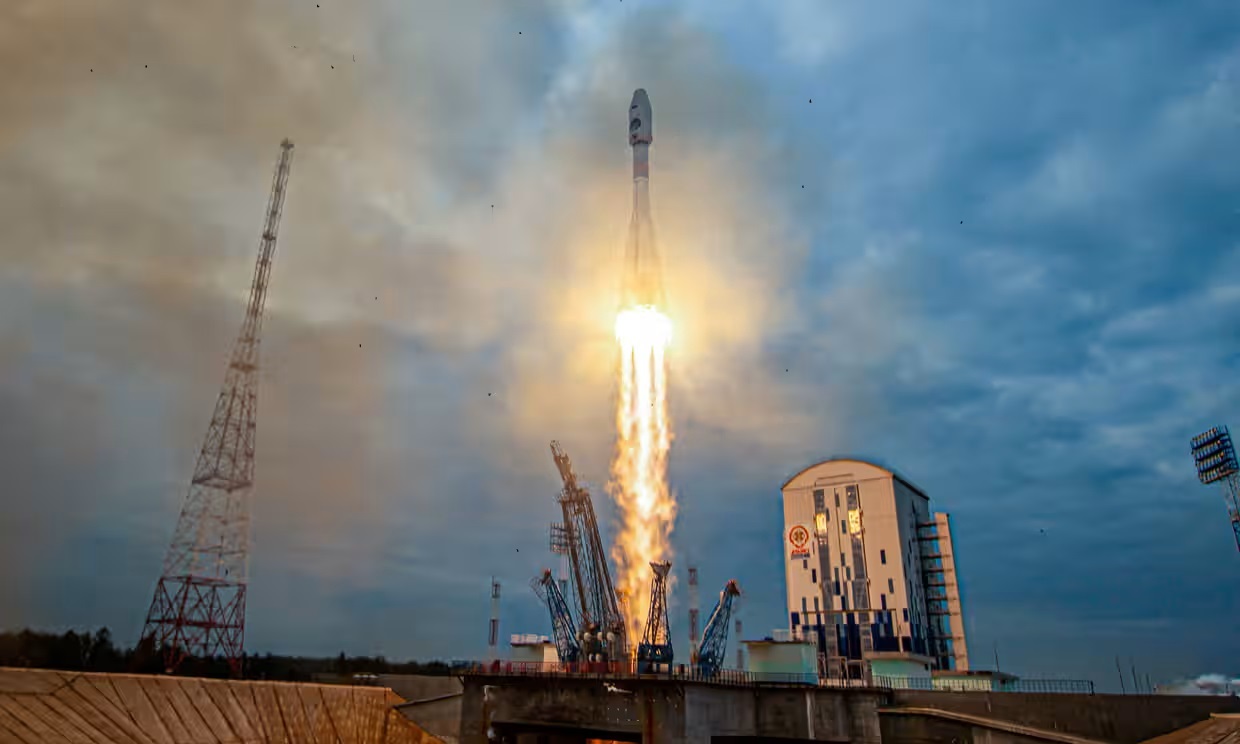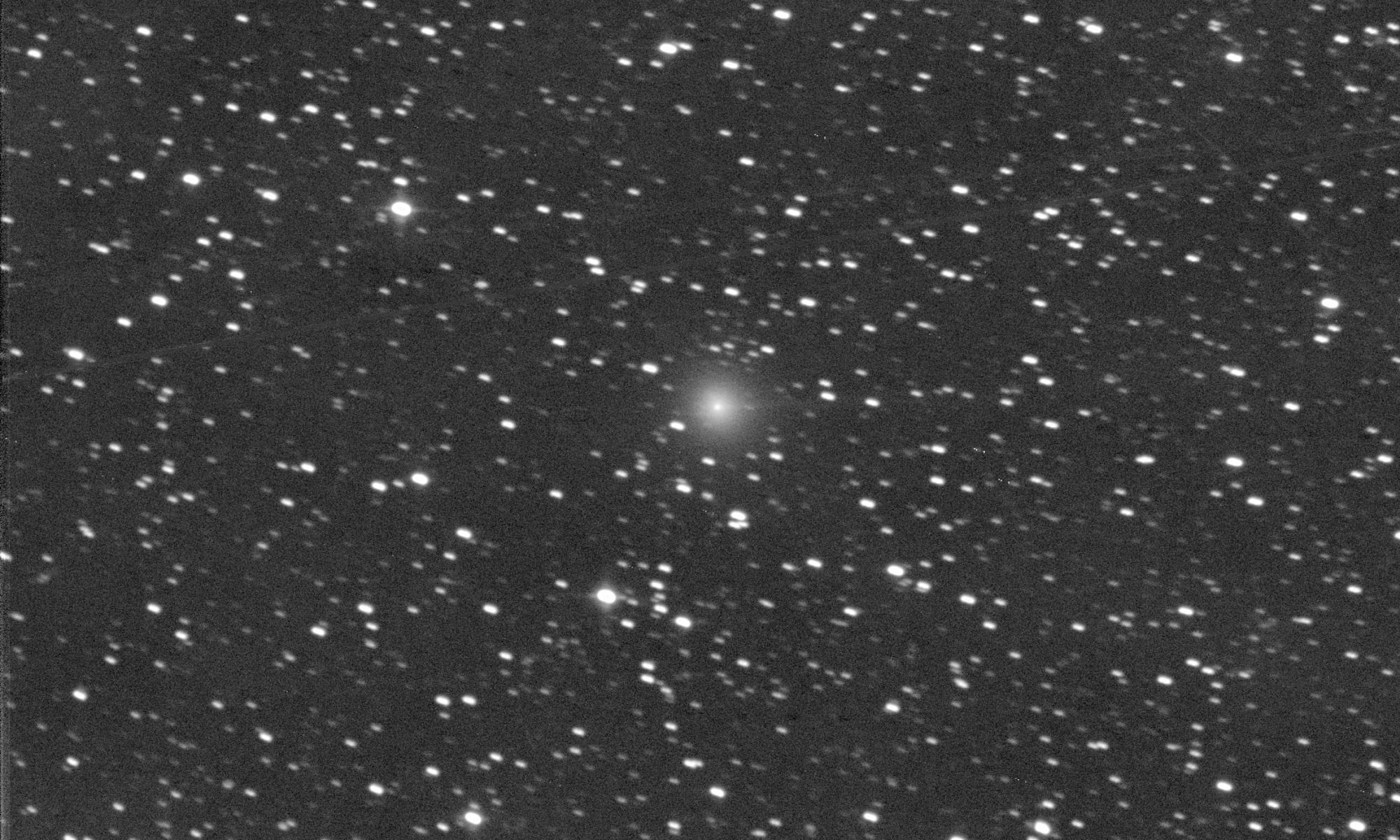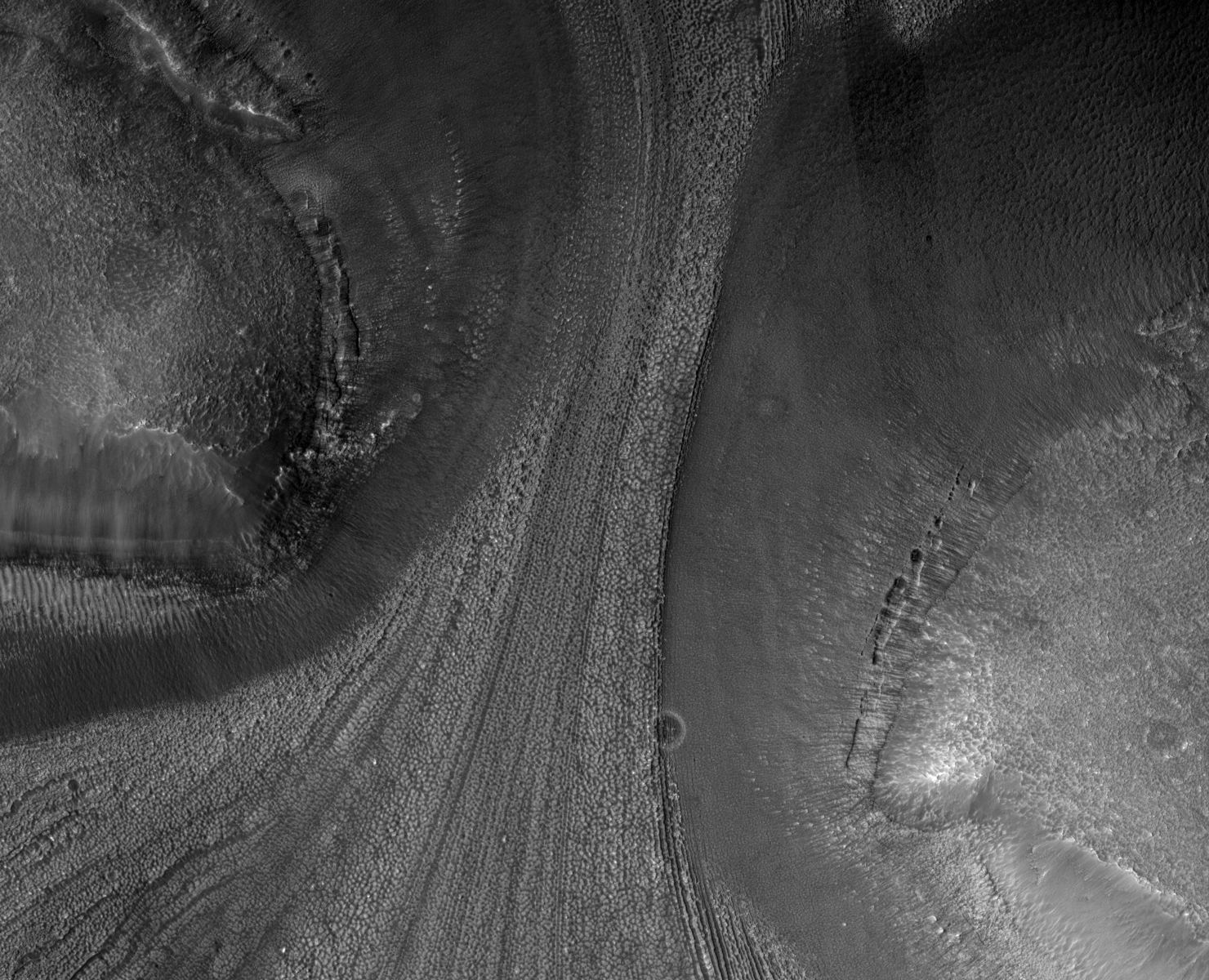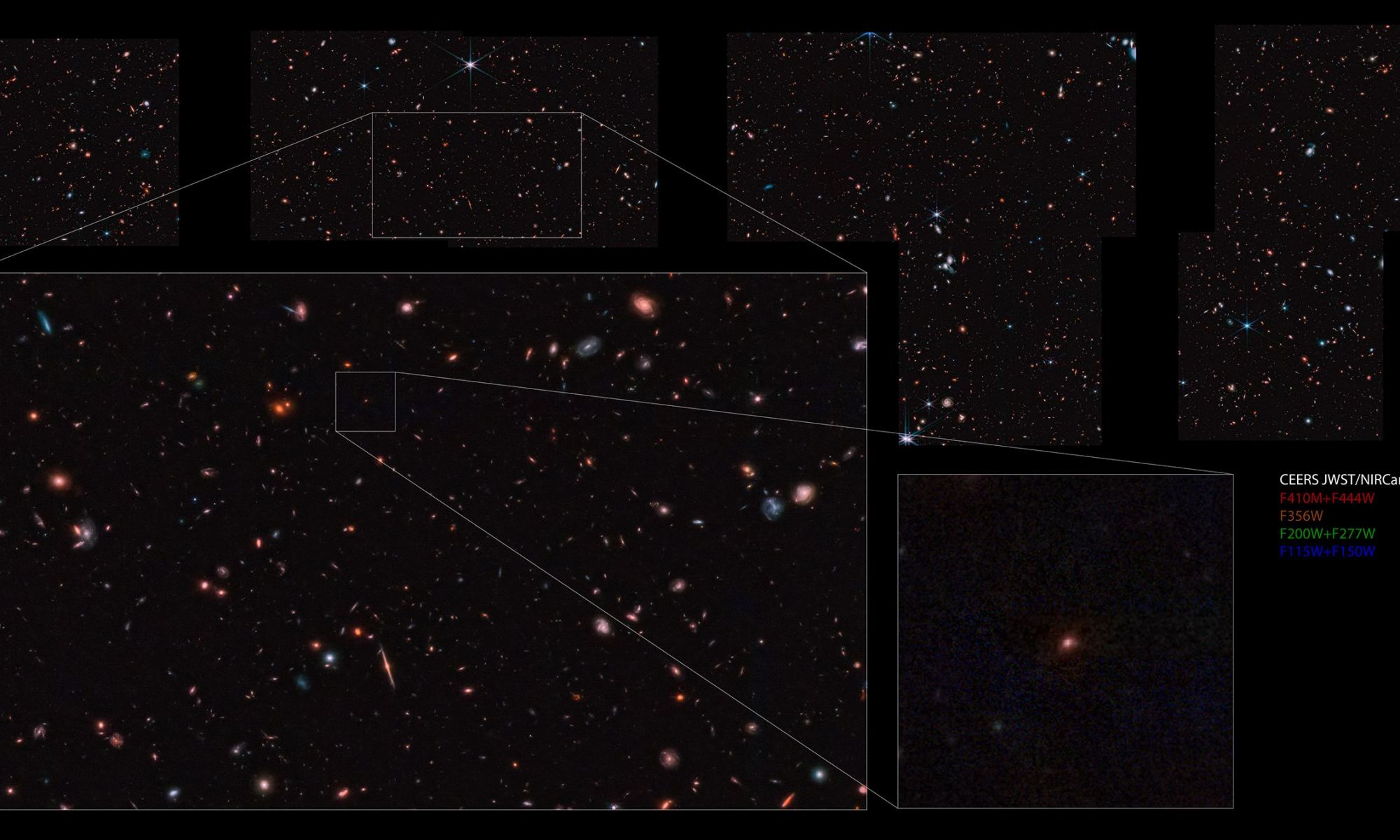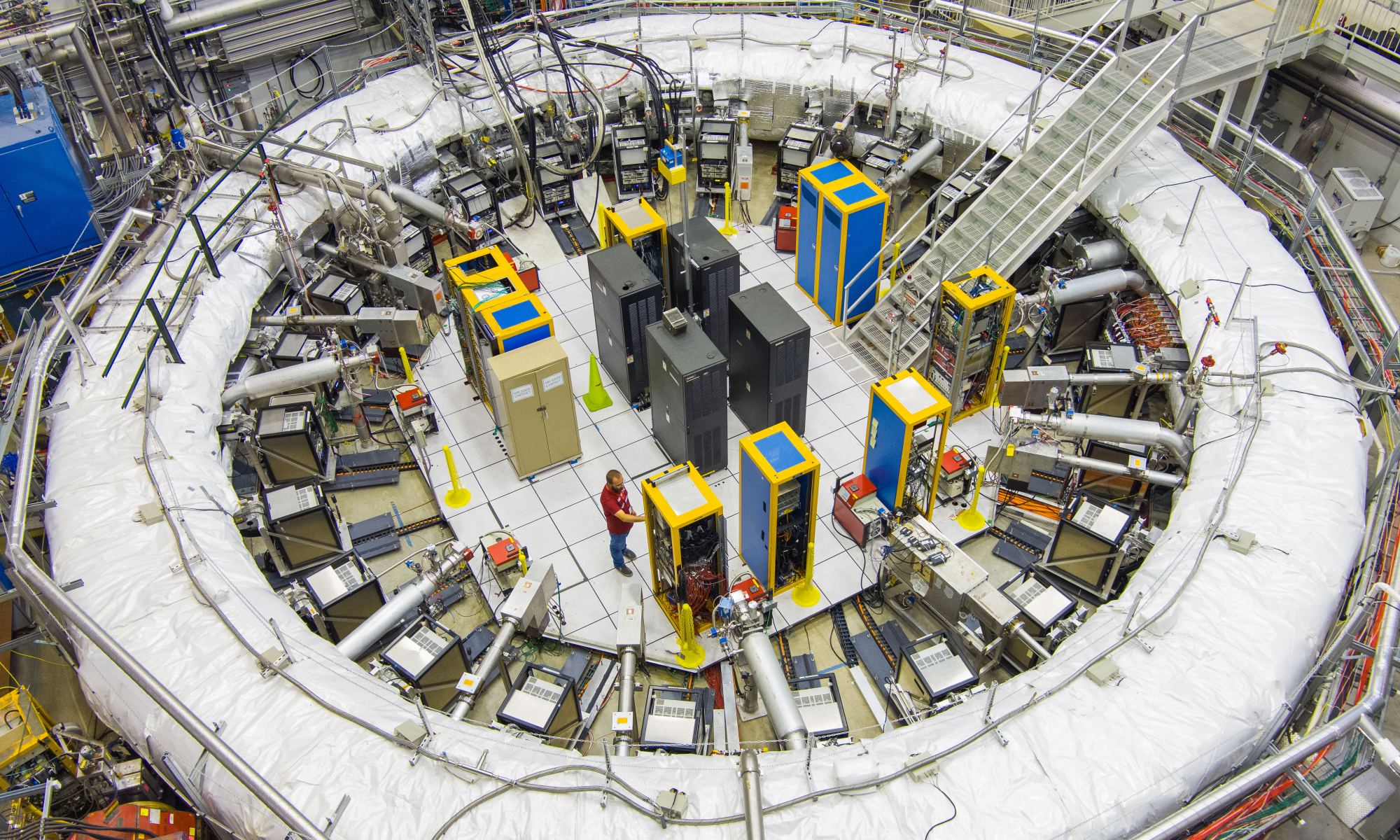In 2017, humanity got its first glimpse of an interstellar object (ISO), known as 1I/’Oumuamua, which buzzed our planet on its way out of the Solar System. Speculation abound as to what this object could be because, based on the limited data collected, it was clear that it was like nothing astronomers had ever seen. A controversial suggestion was that it might have been an extraterrestrial probe (or a piece of a derelict spacecraft) passing through our system. Public fascination with the possibility of “alien visitors” was also bolstered in 2021 with the release of the UFO Report by the ODNI.
This move effectively made the study of Unidentified Aerial Phenomena (UAP) a scientific pursuit rather than a clandestine affair overseen by government agencies. With one eye on the skies and the other on orbital objects, scientists are proposing how recent advances in computing, AI, and instrumentation can be used to assist in the detection of possible “visitors.” This includes a recent study by a team from the University of Strathclyde that proposes how hyperspectral imaging paired with machine learning could lead to an advanced data pipeline for characterizing UAP.
Continue reading “Want to Find UFOs? That's a Job for Machine Learning”

